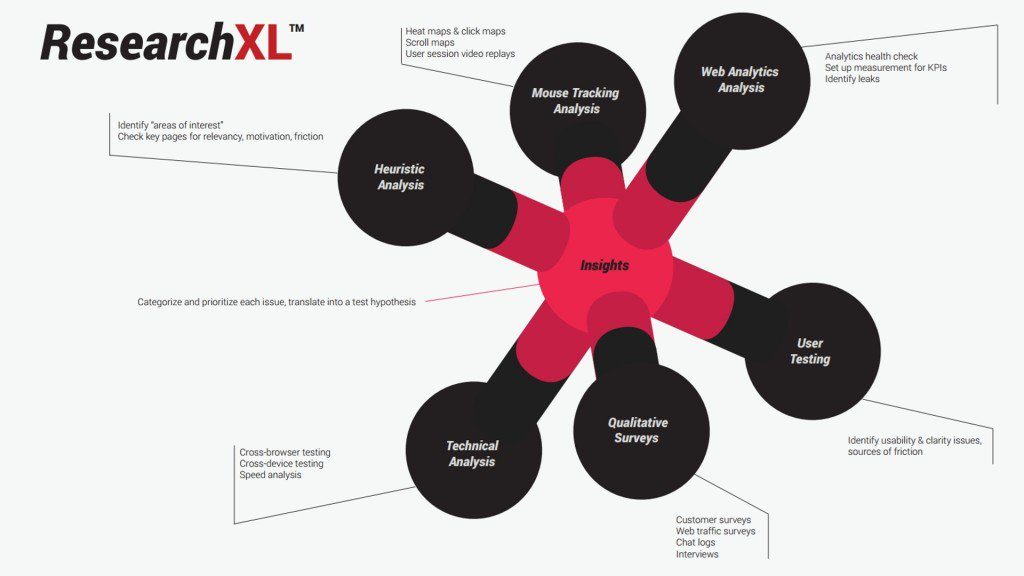If you own or manage a website, chances are that you have a web analytics tool running in the background. Whether that is Google Analytics, Adobe Analytics or one of the many other tracking tools available, tracking your website activity is an absolute must.
Analytics tools provide an immediate answer to questions such as: How many visitors does my website get? How long do they stay on my site? Where do they come from (Google, other website, …)? And much more…
But what more can you do with these analyses? And how can we drastically improve these statistics? A/B testing might just be your answer!
Don’t have tracking yet, give us a call! 😉
AB Testing: How To Get Started?
A/B testing is all about making changes to your website in order to test how this will influence your conversions. This can be as simple as changing the color of a ‘purchase’ button, and as complex as an entire new lay out for a product page.
Now there are different ways to go about this.
- Make changes to your website and keep your fingers crossed that conversions will improve.
- Analyse what might be wrong with your current flow and improve upon these flaws.
As you probably figured out, #2 is the way to go. Obviously we described it a lot simpler than it actually is. “Testing” is still key here. And proper analysis. And testing.
If you’re looking to get started with A/B testing, we recommend that you take a look at the ResearchXL frameworkdeveloped by Peep Laja.
This framework can be used for all of your optimisation projects. It consists out of 7 steps which you can follow to achieve a proper testing plan.
ResearchXL™ A/B Testing Framework
Step 1: Technical Analysis
- Cross-browser testing
- Cross-device testing
- Conversion rate per device / browser
- Site speed analysis
Step 2: Heuristic Analysis
Identify interesting testing opportunities
- Check the most important pages of your website for relevancy
Step 3: Web Analytics Analysis
- Analytics health check: Is everything being measured correctly? Is our data accurate?
- Have a proper measurement framework in place for your business KPI’s
- At what point during the check out (or on what page on my website) do users seem to leave often?
Step 4: Mouse Tracking Analysis
- Heat maps & Click maps
- Scroll maps
- Watch how users interact with your website (Hotjar makes this possible)
Step 5: Qualitative research / surveys
- Customer surveys
- Web traffic surveys
- Chat logs
- Interviews with users
Step 6: User Testing
- Identify usability & clarity issues
Step 7: Categorise & prioritise
- Categorise & prioritise each problem & translate it into an hypothesis
These are the 7 steps of the Framework and a very good foundation on how to go about doing some proper A/B testing.



